|
Question: If April showers bring May flowers, then what do intense May showers bring… other than flooded basements, closed roads, un-mowed lawns and canceled baseball games? Here in Frederick we will just have to wait and see as we have been deluged by an unusually high rain amounts of late. This past weekend, Mount Olivet Cemetery participated in the popular Beyond the Garden Gates Garden Tour put on by Celebrate Frederick in conjunction with the City of Frederick’s Office of Special Events. You may be saying to yourself, “Hey, wait a minute! I thought this was an annual tour of featured backyard gardens of Downtown Frederick homeowners? Why is a cemetery part of it?” Well, the answer may sound contrived to some, but will be crystal clear to others—Mount Olivet Cemetery is a special burying ground, known as a “rural,” or “garden” cemetery. The Charter of Mount Olivet Cemetery was recorded among the Land Records of Frederick County on October 4th, 1852. Thirty-two acres were purchased through stock sales, and a rural architect from Baltimore named James Belden was hired to design and lay-out Frederick's new burying ground. This would be located on the far outskirts south of downtown, even past the ancient Hessian Barracks on Cannon Hill. The cemetery was dedicated on May 23rd, 1854 amidst great fanfare, and received its first interment on May 28th, 1854. The "rural" or "garden" cemetery movement was a new school of thought, having origins in the large cities of the northeast. The first of this genre in the United States is Mount Auburn Cemetery, located on the line between Cambridge and Watertown, Massachusetts roughly four miles west of Boston. Dedicated in 1831 and set with classical monuments in a rolling landscaped terrain, Mount Auburn marked a distinct break with Colonial-era burying grounds and church-affiliated graveyards. The appearance of this type of landscape coincides with the rising popularity of the term "cemetery," derived from the Greek for "a sleeping place." This language and outlook eclipsed the previous harsh view of death and the afterlife embodied by old graveyards and church burial plots. The "garden" cemetery movement promoted larger, park-like spaces on the outskirts of town. These grounds were planned as public spaces from their inception, and provided a place for all citizens to enjoy refined outdoor recreation amidst art and sculpture. Elaborate gardens were planted, tree-lined and family outings to the cemetery became popular social activities. Mount Olivet certainly filled this role here in Frederick, at a time period before Baker and Gambrill parks, and museums such as the Historical Society of Frederick County and the National Museum of Civil War Medicine. 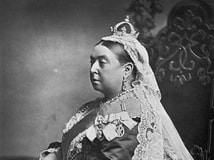 Queen Victoria of England (1819-1901) Queen Victoria of England (1819-1901) Victorian Style, "the Language of Flowers"and Symbolism Mount Olivet’s grounds are made up of hundreds of individual lots, each belonging to individual families. Though little more than cleared farmland in the beginning, early depictions show that many hedges were installed to delineate these property lines and young trees were planted to break the heat of the summer sun. Today these saplings are towering giants that pay homage to all who have passed beneath them. The families continued developing their lots and pictures from the turn of the century show the refinement that had occurred. Walls, fountains and ornate iron fences had been added to grace the gardens. The Victorian Period (1837-1901) defines the period of Queen Victoria's reign over Great Britain. This measured era of both European and American history brought a fascination with the natural world and a keen interest in plants. It became quite fashionable to decorate one's home with exotic, often tropical, plants. This would carry over to cemeteries as well. Palm trees and other rare species (to Maryland) would become part of the Mount Olivet landscape here, necessitating the cemetery's first greenhouse, built to "winter" these tender plants in addition to growing flowers. Many plants and flowers were symbolic to those of the Victorian Age, either through their ‘language of flowers’ or religious beliefs. Lilies, symbolizing resurrection, weeping willows for sorrow and palm fronds and laurel to indicate triumph of the soul are frequently seen on grave markers. A bouquet could be used to send a private message telling of one’s love. You could also see these plants growing nearby within the cemetery, and in other cases, actually carved in stone on monuments. 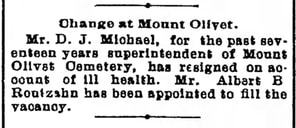 Frederick News (Sept. 27, 1907) Frederick News (Sept. 27, 1907) Superintendent Routzahn The cemetery’s managers met in late September, 1907 in order to select a new superintendent. Mount Olivet’s original superintendent was William T. Duvall who served from 1854 until his death in 1886. The job of caring for a “garden” cemetery was much different than that of the traditional church sexton of past history. A sexton was an officer of a church, congregation, or synagogue charged with the maintenance of its buildings and/or the surrounding graveyard. Yes, he had charge of burials, but unlike the cemetery keeper, he was also charged with caring for “living things,” if you catch my drift. These were things like trees, plants and flowers. Mount Olivet’s Superintendent Duvall was followed by Edward Herwig (1887-1893) and Daniel Jerome Michael (1893-1907). After a 17-year stint, Mr. Michael was forced to give up his duties due to health reasons in late September of 1907. The Board of Managers acted quickly in filling the position with a capable candidate. They found what would prove a very good choice in Albert B. Routzahn. Albert Bowlus Routzahn was born near Middletown on October 27th, 1863 on the family farm of parents Hezekiah Routzahn and Elizabeth (Bowlus) Routzahn. This was located northwest of Middletown on the east side of Old Hagerstown Road between the intersections with current day Palmer and Station roads. From census records, he appears to have been the youngest of eight children who would live into adulthood. Albert attended local schools of the area and continued working on the Routzahn farm until the death of his father in 1891. He had married Miss Laura Gaver two years earlier on Valentine’s Day, 1889. The young couple would relocate to Frederick sometime around 1892-93, and can be found living with Albert’s mother and sister at 162 W. Patrick St. Today, this property is the site of the Serenity Tea Room, the original townhouse having been demolished years ago. Albert took up work as a salesman for the successful firm of Price & Ordeman, a hardware and agricultural implements dealer located on the southwest of Frederick’s Square Corner. This is the current-day site of Colonial Jewelers. The ability to grow and nurture plants was certainly in Albert B. Routzahn’s blood, and he likely had regular contact with Mount Olivet’s previous superintendent and administrators in relation to purchasing tools, equipment and perhaps gardening supplies. Albert found himself at the helm of the cemetery in the fall of 1907. It was an exciting time of new growth, both figuratively and literally, for Mount Olivet under Superintendent Routzahn. One year after Routzahn took the job, the Board of Managers decided to build a greenhouse on the cemetery grounds. Perhaps this was a reward for good service by the new head employee, who was chock-full of new and innovative ideas. He certainly made an impact over his first two-and-a-half years on the job as his salary was raised to $50/month at the annual meeting of the Board of Managers in May, 1910. A series of old photographs taken around 1910-11 still survive, and give a visual impression of the grounds and structures long gone. These include exquisite plantings, the public vault and the original superintendent’s house. In the year 1911, the above-ground portion of the public vault was removed, and the current-day, Key Memorial Chapel was constructed on the space. Contract builder Harlan W. Hagan also busied himself at this time with dismantling the superintendent’s house in favor of reconstructing a larger home for the cemetery’s keeper. Meanwhile, a nearby house was rented by the company for Mr. and Mrs. Routzahn to reside temporarily. An additional title would be bestowed on Albert Routzahn in May of 1913. He became Mount Olivet’s “Landscape Gardener“ in what appears from the cemetery Minute Books to be a separate position in addition to superintendent. Better yet, it came with a salary of $20/month. Routzahn was the first to regularly mow the grass at the cemetery, creating a “gorgeous, green velvet carpet” as reported by one newspaper. Anecdotes like this had earned a bit of local celebrity for the superintendent over the previous few years. Articles hyped his experimental plantings of exotic flowers, ferns and palms on the cemetery grounds. Stories in local newspapers heaped praise on the “master gardener of Frederick’s City of the Dead” as residents were encouraged to see the superintendent’s hand-work and creations for themselves. Apparently Routzahn would use that new greenhouse to the utmost as “winter storage” for his tropical specimens. The superintendent’s top attention getters came from seeds and shoots planted in 1910. These were banana trees, the gift of Luther Derr, superintendent of the Maryland House of Corrections. The plants came to full “fruition” and there exists visual proof to go along with several newspaper articles dating to 1911-12. The Historical Society of Frederick County, better known these days as Heritage Frederick, has a photograph postcard in their rich collection of historic images that dates to 1911, showing one Superintendent Routzahn’s prized accomplishments. And speaking from a Frederick history perspective, Albert Routzahn also supervised the re-interment of Barbara Fritchie in the summer of 1913 from the German Reformed Burying Ground (present-day Memorial Park) to Mount Olivet. A fine monument would be dedicated the following year. Also in 1914, Superintendent Routzahn received an interesting, new charge from his Board of Managers at a meeting held on July 9th, 1914: “It was resolved that the President of the Company be directed to provide at the expense of the Company, a flag of the United States. And direct the Superintendent to keep the flag afloat over the grave of Francis Scott Key from May 30th to September 25th in each and every year, and on all National holidays. To renew and replace the flag from time to time as may be necessary.”  Frederick News (Aug. 15, 1923) Frederick News (Aug. 15, 1923) I couldn’t glean much more about the life of Albert B. Routzahn, outside the fact that he served on the Board of Directors of the Home Building and Loan Association of Frederick in 1914. In the mid 1920’s, advertisements appear touting offerings from the Frederick City Peach Orchard, of which Mr. Routzahn was proprietor. This was located on the property north of the cemetery between Fox’s Alley and South Street. Albert Routzahn kept himself most busy by caring for the cemetery. And this is where he died at 3 o’clock on the afternoon of October, 23rd, 1932. Although reports said that he had been ill of late, Routzahn’s death just four days shy of his 69th birthday came as a surprise to the community. He would be buried in a grave in Area R, among newly laid out sections by his own hand just a few decades earlier. His wife Laura would join him in Area R’s Lot 73 upon her death in 1951. Jacob Bowlus Routzahn was more than just a superintendent of Mount Olivet, he was a man who breathed life into the cemetery and tended its growth—things not particularly synonymous with burying grounds of old, yet the essence of the “garden” cemetery movement. Today, there are no banana trees or exotic palms on the property at present. However, the cemetery’s greenhouse has been home over the last few months to tropical waterlilies, part of the amazing aquatic garden that takes over Carroll Creek Park each summer. The program goes by the name of “Color on the Creek.” Dr. Peter Kremers and his talented staff of volunteers have been cultivating plants from the Amazon and other remote locations in a series of water troughs recently constructed within the Mount Olivet greenhouse. I find it ironic that traditional lilies of the land variety are said to symbolize resurrection. I guess you could apply this meaning to the water variety as well…a lily is a lily isn’t it? Regardless, I’m sure Superintendent Routzahn would be pleased at this recent partnership—one which adds to Downtown Frederick’s “garden-like” beauty and grandeur.
9 Comments
Irene Packer-Halsey
5/21/2018 02:18:19 pm
Enjoyed this article so much! Fascinating!
Reply
Mary Louise Remsberg English
5/23/2018 02:40:15 pm
Thank you for this fascinating article. We just buried my stepmother of 35 years, Colleen Moore Remsberg, in Mt. Olivet this past weekend. She dearly loved the place and served on its board for years working to preserve and improve it. I like to imagine she and Albert Routzahn are kindred spirits, sharing stories above of this hallowed ground.
Reply
Sally
5/16/2021 03:41:53 pm
I notice on the tiny map of Frederick, underneath 'Lime Kiln' is the name S. Hoke.
Reply
Larry Eddy
5/16/2021 09:21:39 pm
I enjoy the many trees in the Cemetery but I was surprised not to see more of the long living varieties like White Oak or Ginko. They live for hundreds of years. Ginko have been known to be over 1000 years and no know predators or disease. It would also be nice to see some large flowering shrubs.
Reply
Sally
5/16/2021 11:07:39 pm
Ginkgo trees are unique and beautiful, however they are a non native species from Asia. They do not support any local wildlife in this region.
Reply
Larry
5/17/2021 08:27:07 pm
A few Ginko around the area has the potential of saving the Cemetery hundreds of dollars in cutting down and replacing trees of shorter life span. It is best to have a large variety of trees. There are so many new invasive insects killing trees that is the best way to insure there is not a large number of trees affected.
Sally
5/17/2021 09:57:55 pm
Larry, there are plenty of native species with all kinds of life spans that will actually benefit the creatures that are native to this area. Ginko's will not.
Jennifer Boston
5/17/2021 07:12:16 pm
I did not know the etymology of “cemetery” (sleeping place). But it is nice to see Mount Olivet used by the non-slumbering. I often cycle there and usually see runners and walkers as well. It adds much to our quality of life. Thanks, Chris, for your insights!
Reply
Ryan Kiesel
6/5/2021 12:12:50 pm
Has the beautiful sentinel monument to the confederates, which was brutally destroyed by savages in the night last year, been repaired. Have any steps been taken to keep these people out? Have you taken measures to keep people out from the western end, which is just a small fence?
Reply
Leave a Reply. |
STORIES
|
Archives
July 2024
June 2024
May 2024
April 2024
March 2024
February 2024
January 2024
December 2023
November 2023
September 2023
August 2023
July 2023
June 2023
May 2023
April 2023
March 2023
February 2023
January 2023
December 2022
November 2022
October 2022
September 2022
August 2022
July 2022
June 2022
May 2022
April 2022
March 2022
February 2022
January 2022
December 2021
November 2021
October 2021
September 2021
August 2021
July 2021
June 2021
May 2021
April 2021
March 2021
February 2021
January 2021
December 2020
November 2020
October 2020
September 2020
August 2020
July 2020
June 2020
May 2020
April 2020
March 2020
February 2020
January 2020
December 2019
November 2019
October 2019
September 2019
August 2019
July 2019
June 2019
May 2019
April 2019
March 2019
February 2019
January 2019
December 2018
November 2018
October 2018
September 2018
August 2018
July 2018
June 2018
May 2018
April 2018
March 2018
February 2018
January 2018
December 2017
November 2017
October 2017
September 2017
August 2017
July 2017
June 2017
May 2017
April 2017
March 2017
February 2017
January 2017
December 2016
November 2016

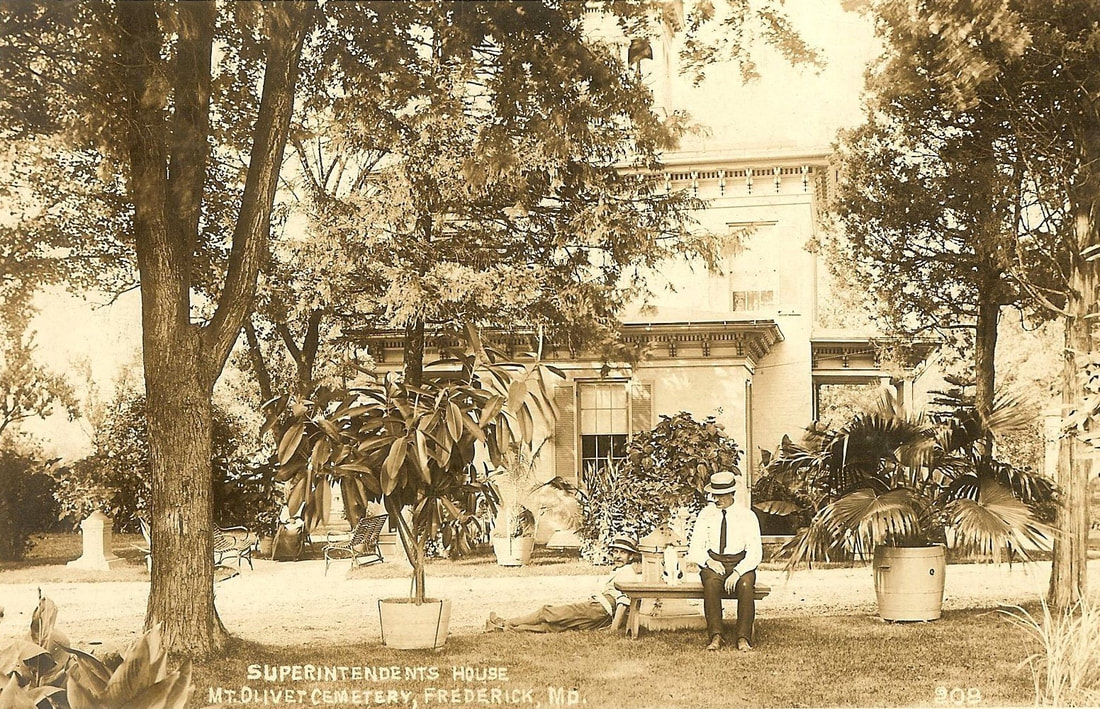
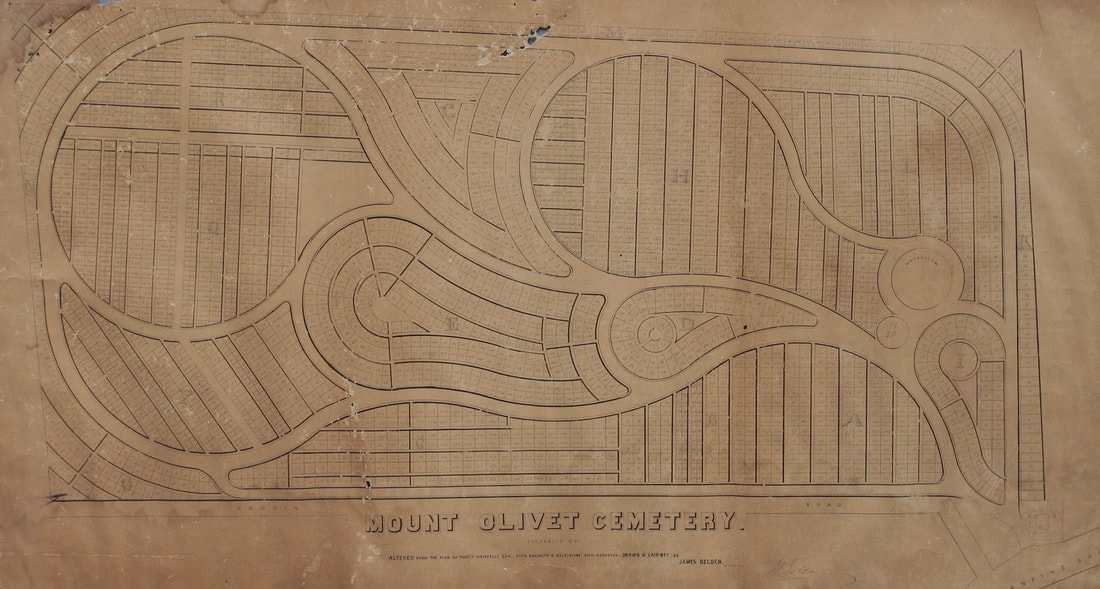
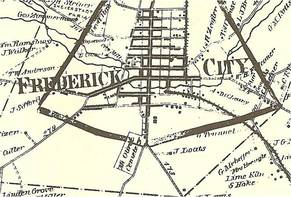
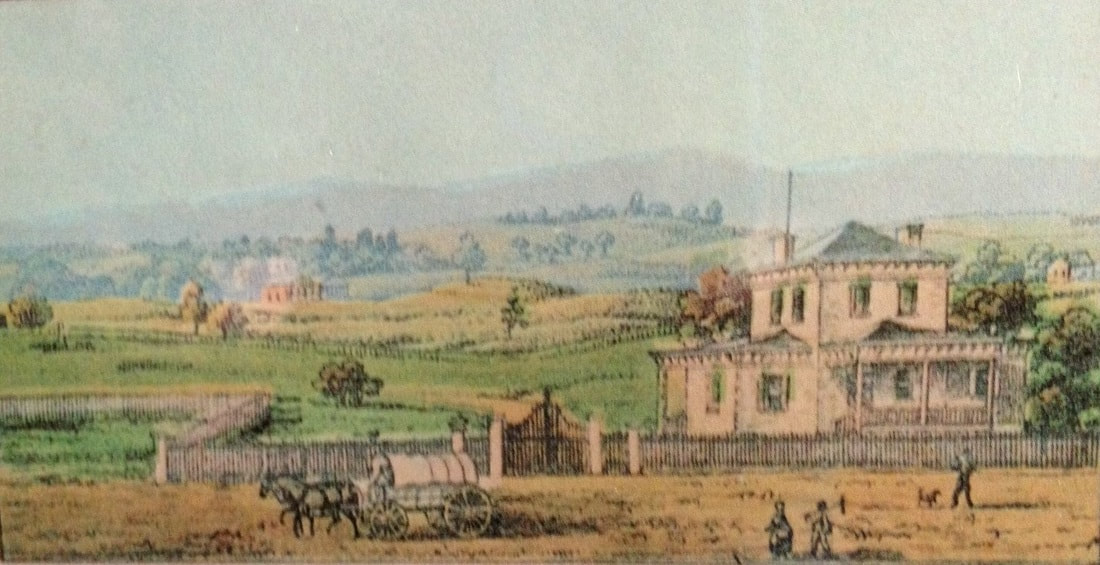
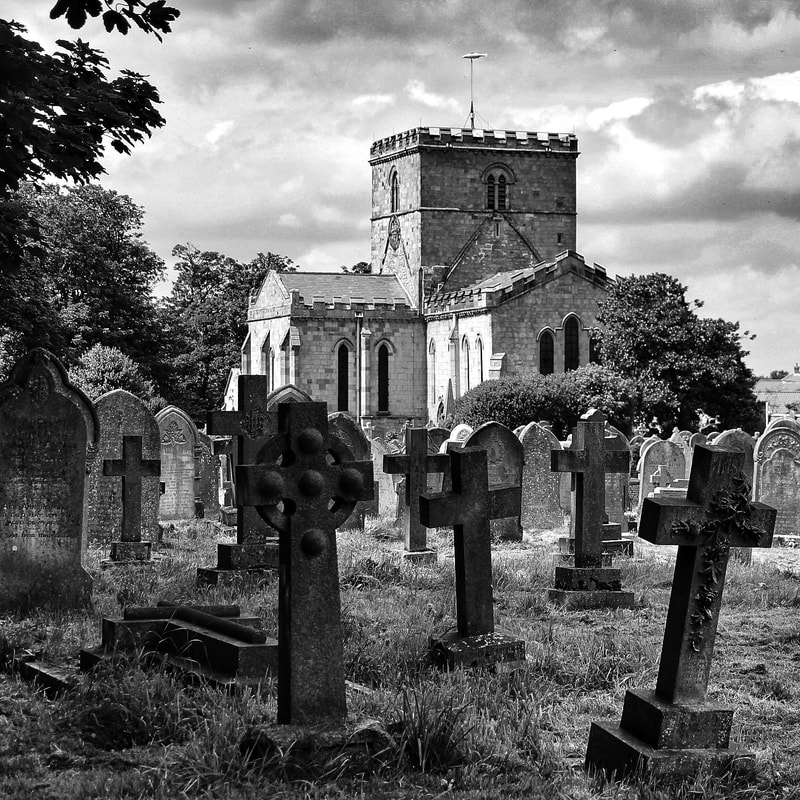
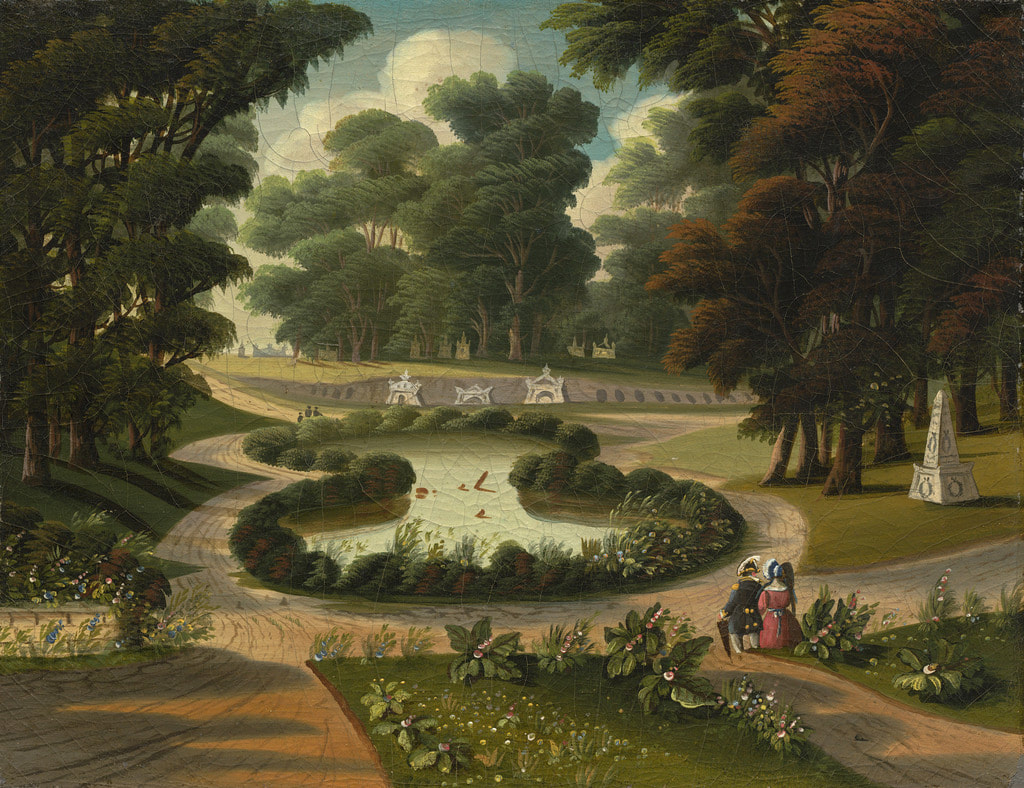
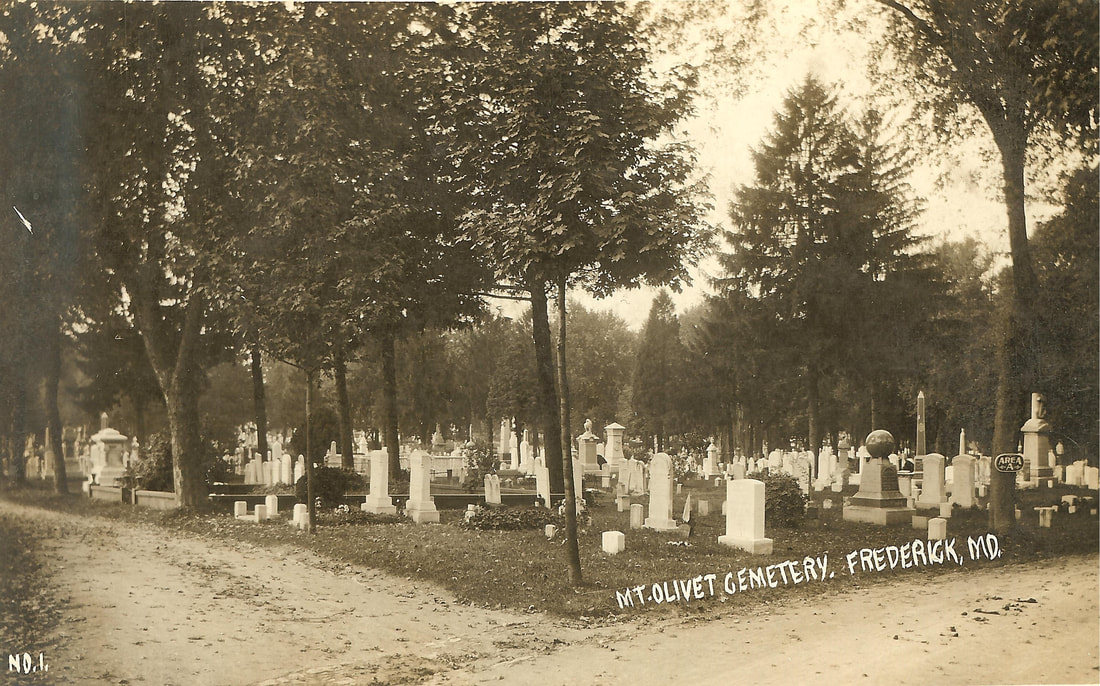
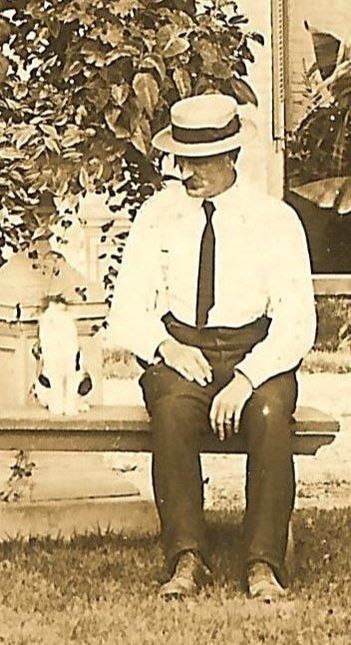
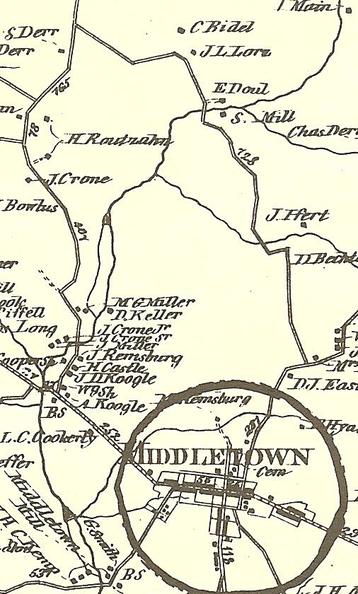

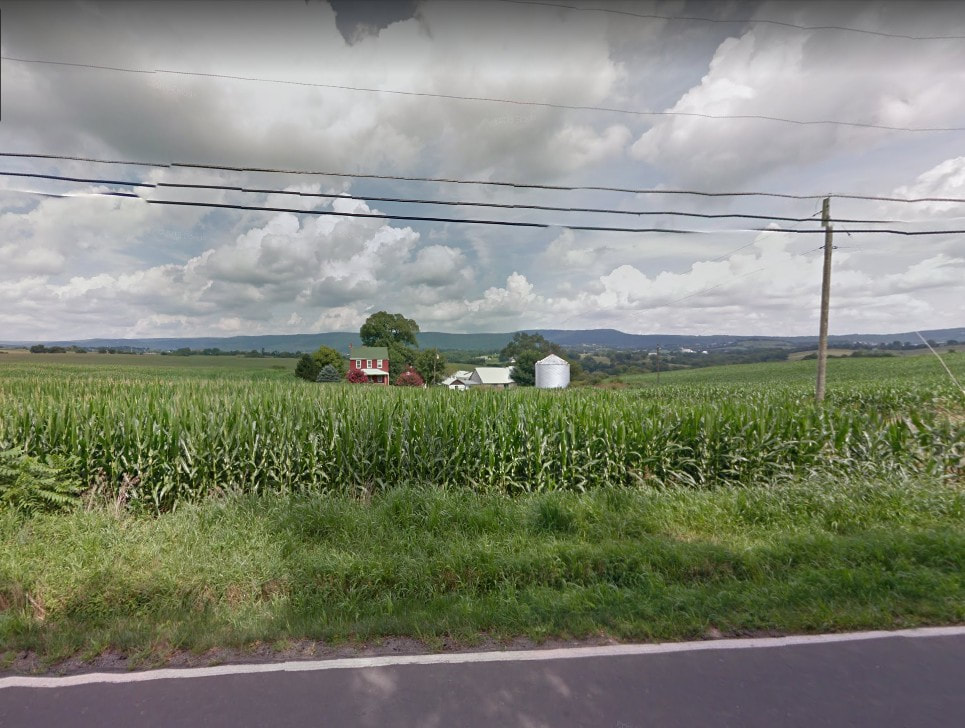
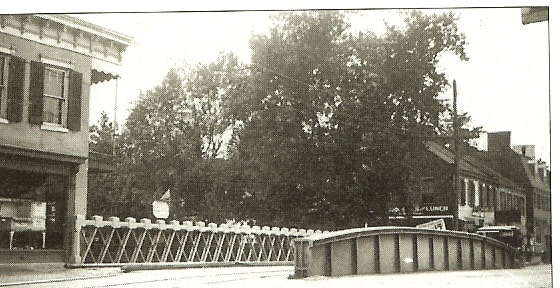
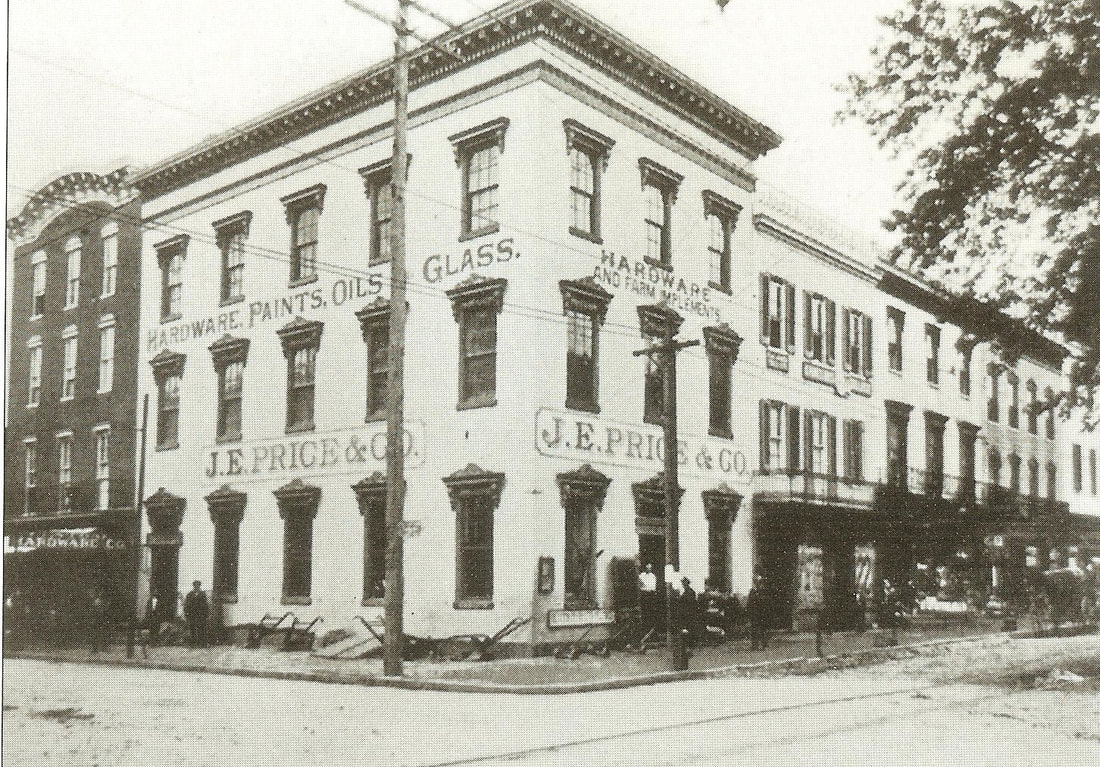
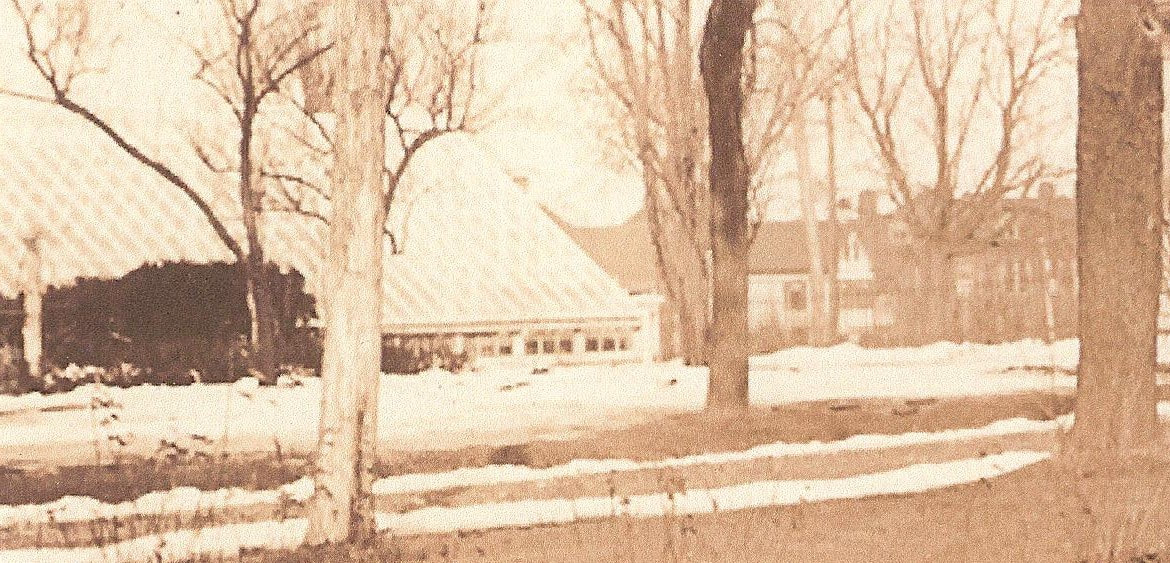
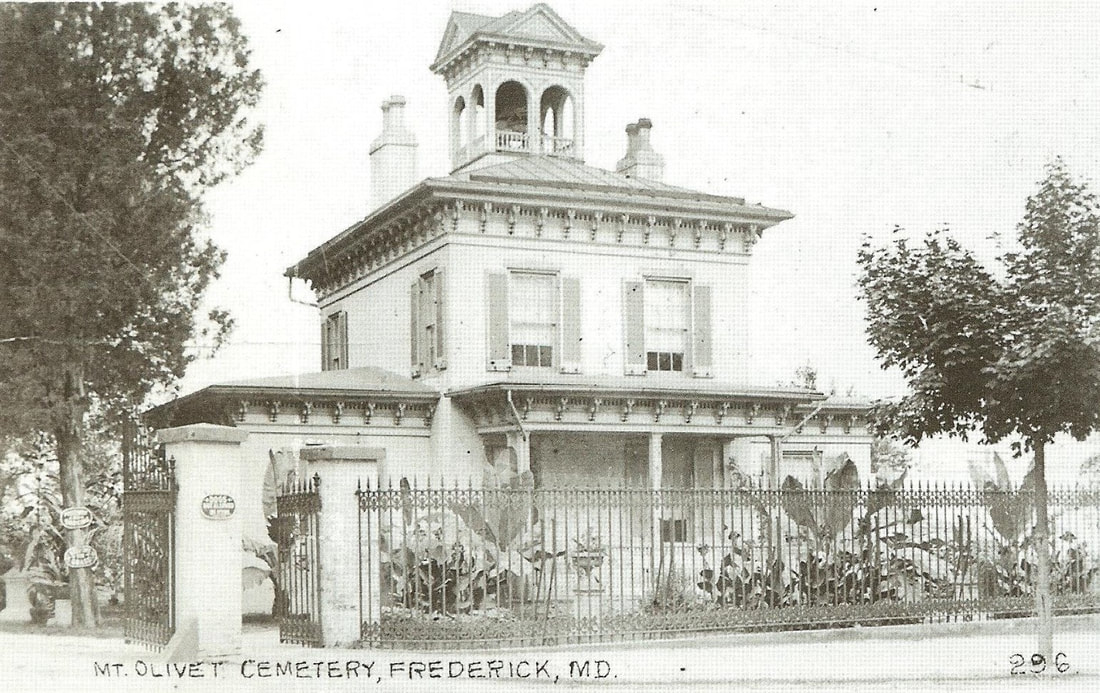
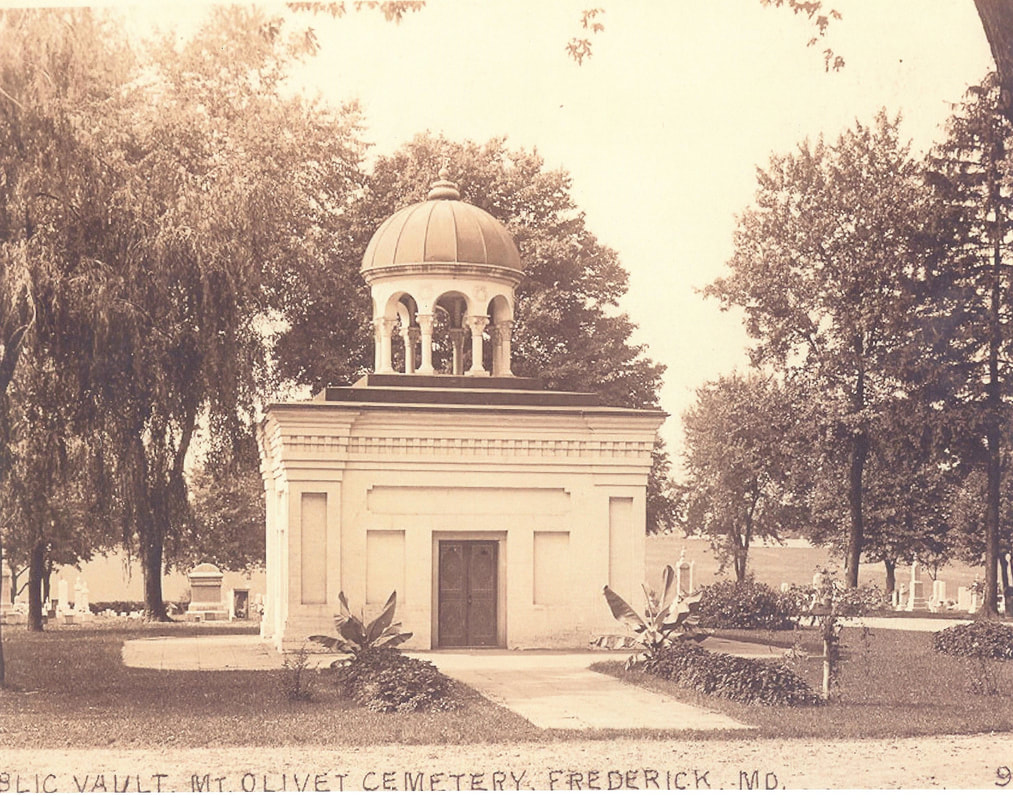
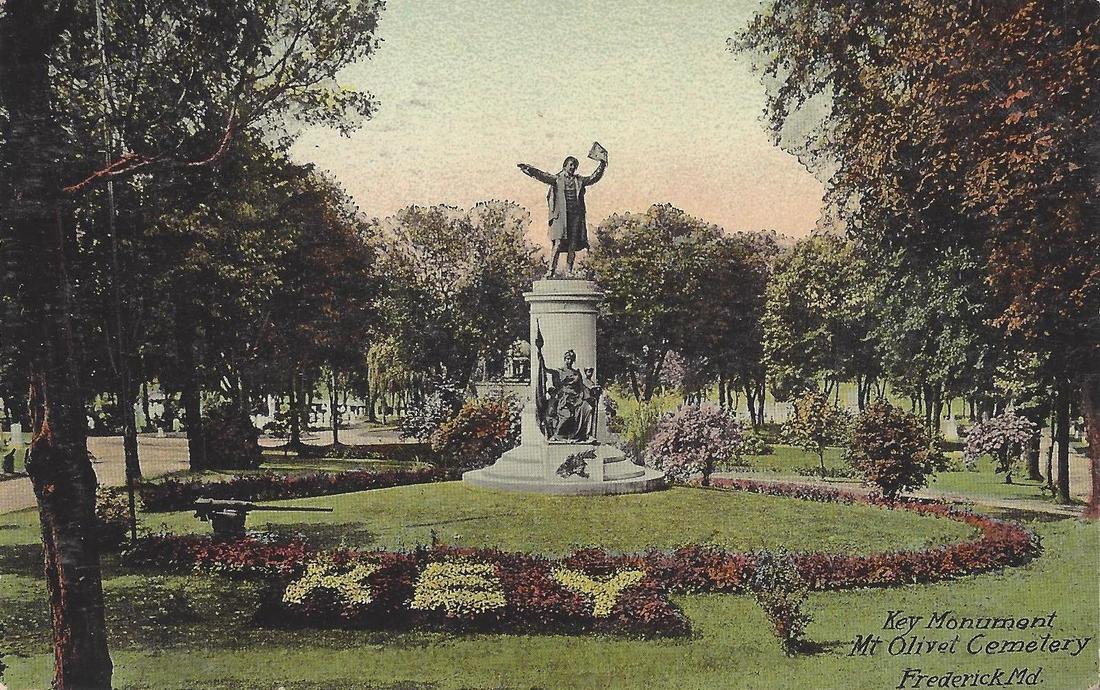
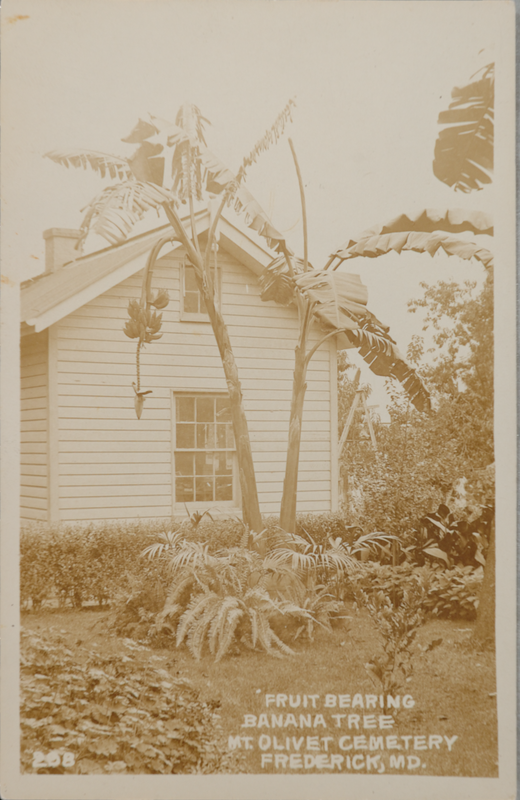
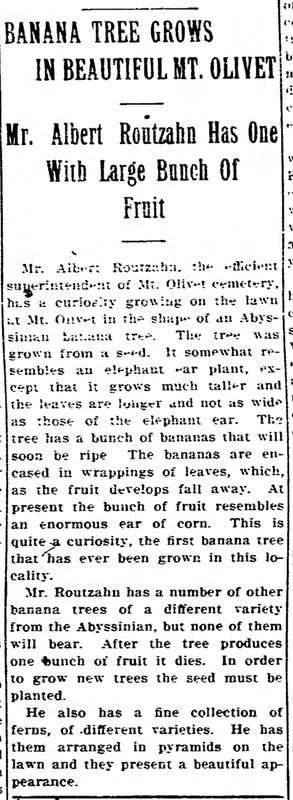
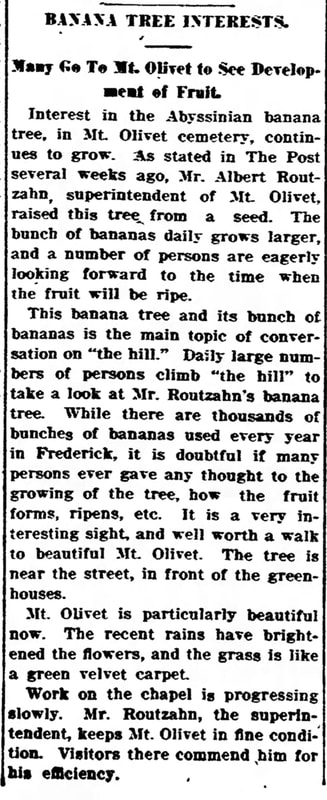
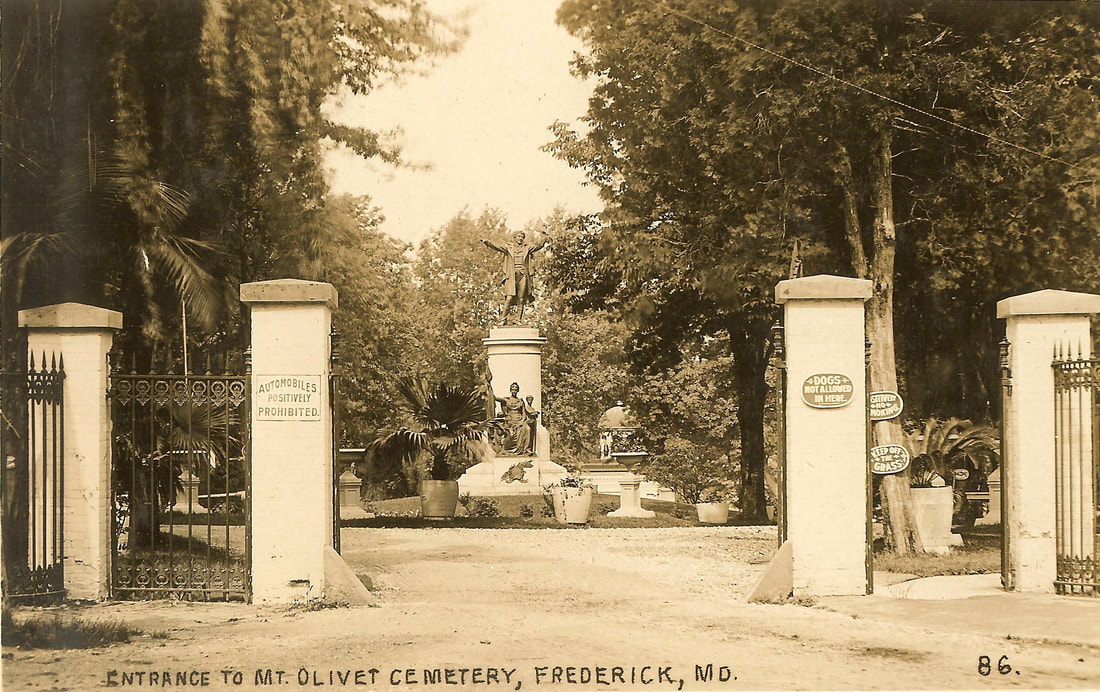
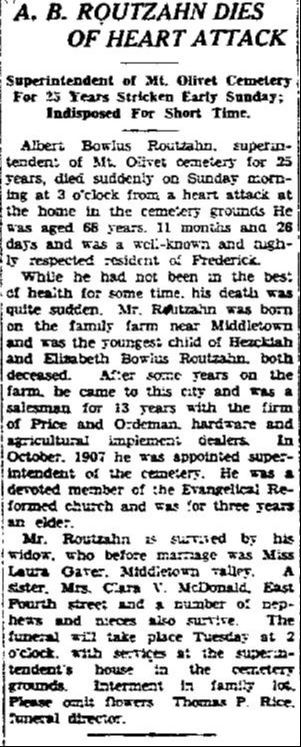
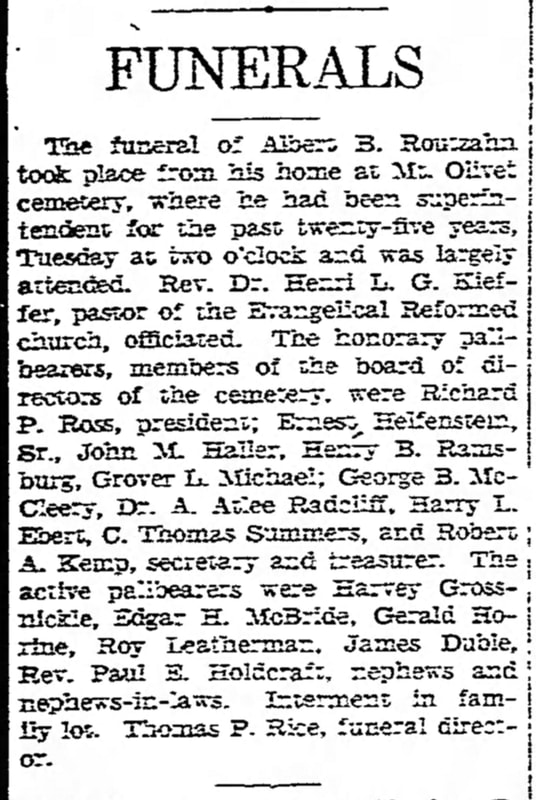
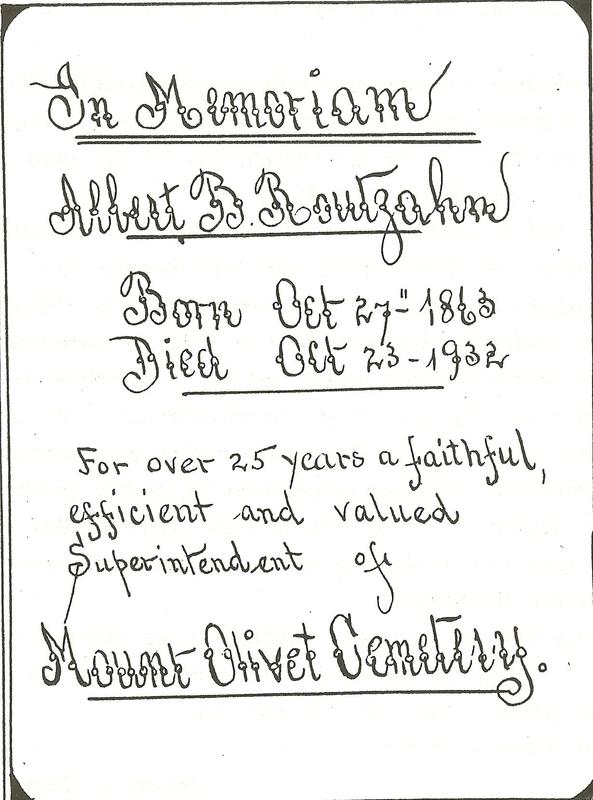
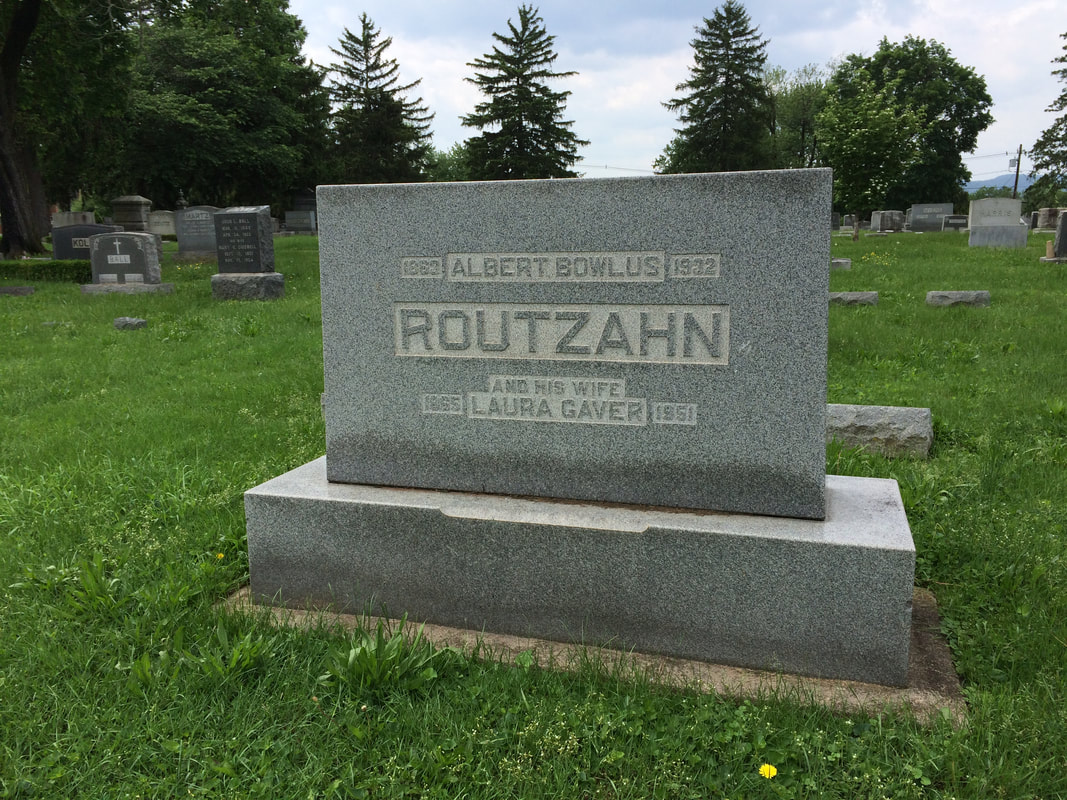
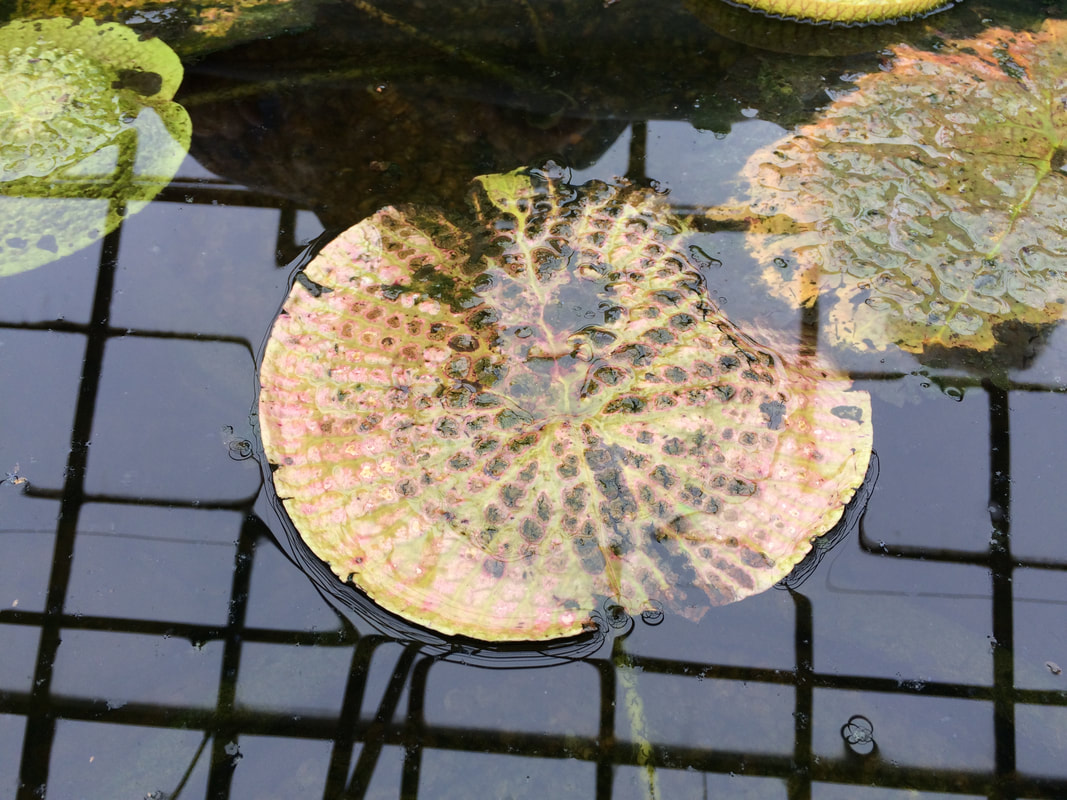
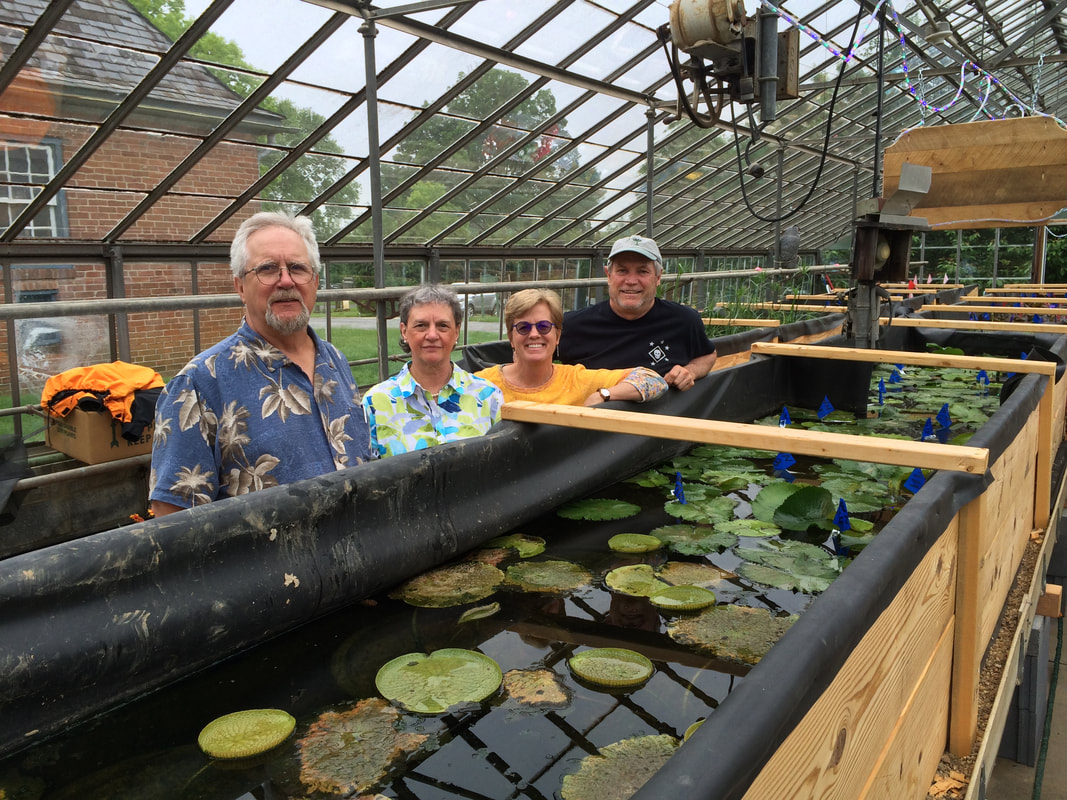
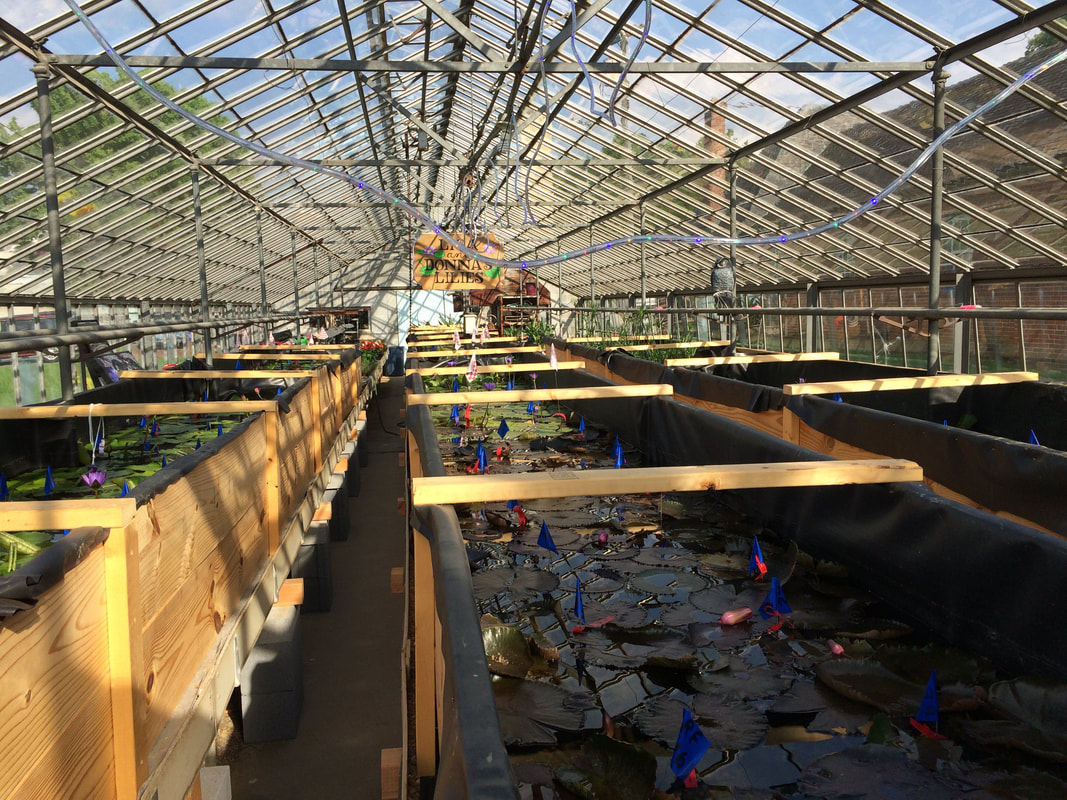

 RSS Feed
RSS Feed